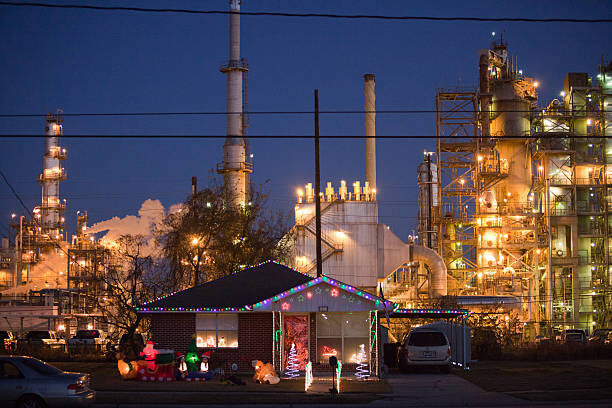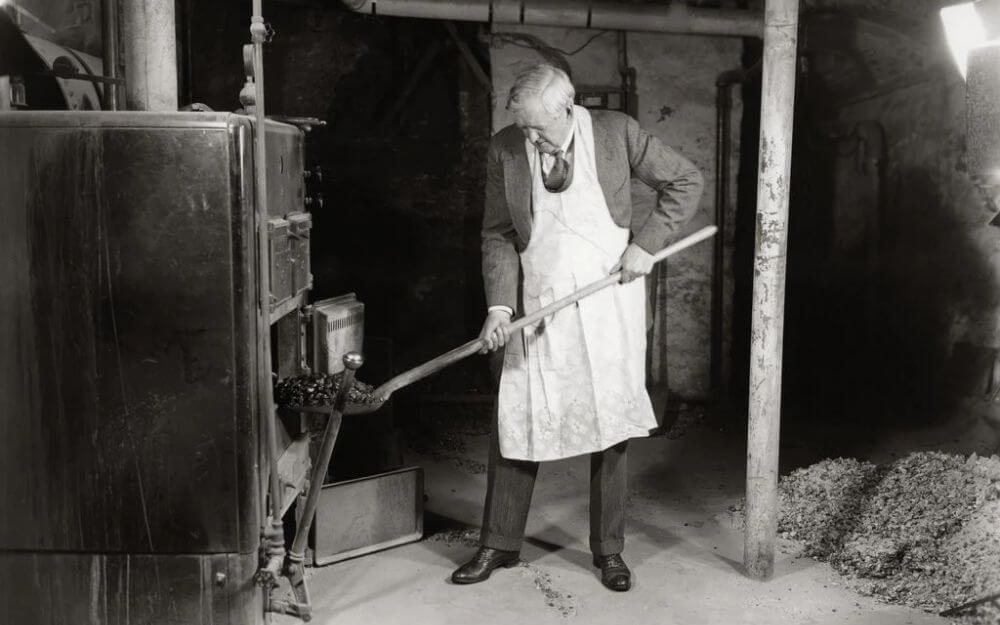In our second article on indoor air quality, we invited you to do a little…
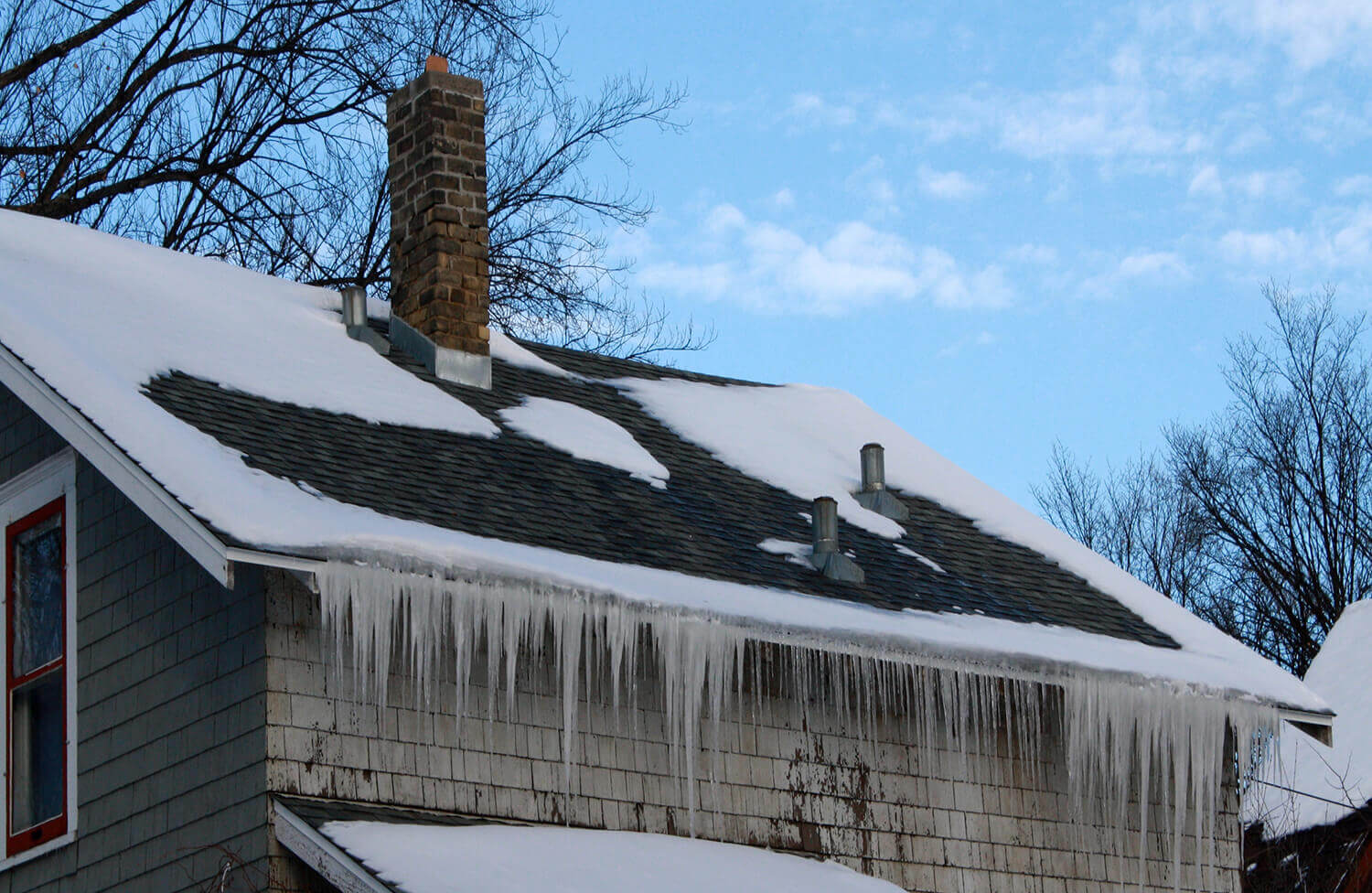
Mold in the attic: 3 signs visible from the outside!
An article in the online magazine Realty Times mentions a drop between 17 and 23% of the market value of homes when they contain mold. Your attic can quickly become a breeding ground for mold growth if its humidity level becomes too high or if water infiltration occurs. It is therefore important to monitor problematic clues and act quickly if necessary. Read our article and discover 3 signs, visible from the outside, that suggests a problematic situation in your attic and save yourself tons of headaches – literally and figuratively!
In the last issue of our newsletter, we presented the 3 main signs to watch inside the attic. This time, we will talk about 3 clues that can be observed from the outside, without having to go in the attic. After all, the problems found in attics unfortunately never stay confined to this place. Over time, they will inevitably affect the other elements of your home.
So if you are ready, let’s start. Take a few minutes and pay close attention to the following:
- Ice dam at the edge of the roof
Although the presence of ice shinning under the sun can bring a magical atmosphere to a cold winter day, this phenomenon actually betrays a situation much less enchanting. When the warm moist air of the living areas in the building finds its way to the attic, the air in that space warms up, leading to the melting of the snow in contact with the roof. The water then flows to the edge of the roof and freezes again. The ice accumulates little by little to eventually form an ice dam (click here to read our article on the subject). This situation can lead to water infiltration under the shingles. The hot and humid air in the attic, a place that is not heated, can cause the formation of condensation on the roof structure. The presence of condensation or water in the attic is a key element to the proliferation of molds.
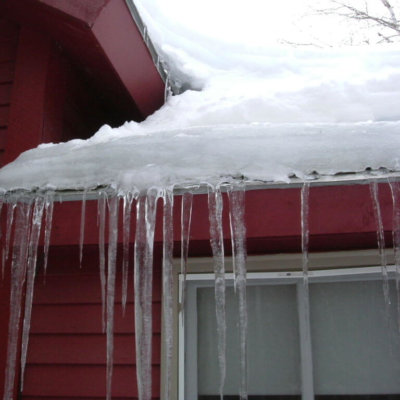
2. Lack or no snow on the roof
It’s winter? Perfect! Go in the street and take a look at your roof. Now, look at the roofs of your neighbors. If all the neighbors have snow on their roof, but you don’t have any, or if the snow is melting faster here and there on the roof, this may indicate a heat loss problem through the attic. Among other things, this situation can be caused by air leaks or a lack or displacement of the insulation. Here again, the presence of warm, moist air causing the rapid melting of the snow indicates that, most likely, condensation forms on the structure of the roof, allowing the molds to grow.
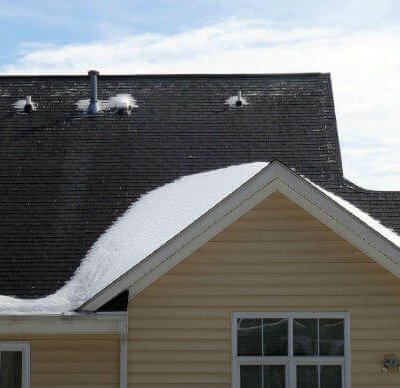
3. Abnormal wear of roof shingles
The shingles of a roof can give us clues as to what is going on inside the attic even if it is not winter. Remember that asphalt shingles must be replaced approximately every 15-20 years. Therefore, premature wear of this coating may indicate a problem in the attic. These signs of wear may include: lifting or curling of the shingles or sagging of the roof.
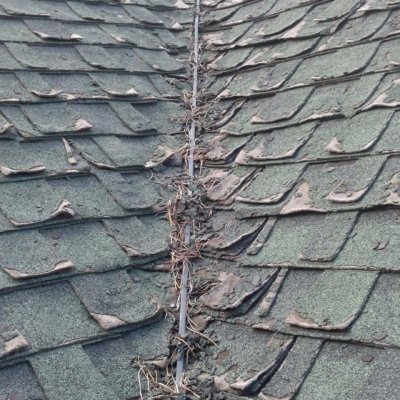
If you notice any of the clues presented in this article, or if you prefer to be cautious and use one of our attic specialists, contact us by clicking here. Remember that in addition to reducing the value of your home, a mold problem in the attic is not without impact on the health of the occupants. Regardless of whether it is a result of water infiltration, air leaks or other problems, mold growth is a common problem in attics that needs to be resolved. Quick actions after discovering a problem will help prevent the situation from escalating. You will save a lot of money, time and worries.
